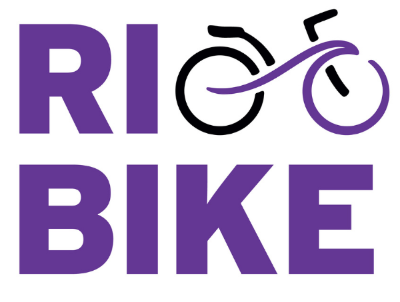According to a recent Greenwire article
A Federal Highway Administration pilot program designed to explore the impact of biking and walking on the transportation load reported that four communities that invested heavily in nonmotorized transportation diverted 32 million driving miles over four years.
The Nonmotorized Transportation Pilot Program sent roughly $25 million a year to four pilot communities to invest in alternative transportation infrastructure, education and outreach. According to a summary report released this week, the four communities saw a 49 percent increase in the number of bicyclists and a 22 percent increase in pedestrians between 2007 and 2010, as well as a boost in transit ridership.
Over the four-year program, the share of bicycling increased 36 percent, while walking was up 14 percent. Driving mode share, meanwhile, was down by 3 percent over those four years. There were also no negative safety implications, according to the report.
That outpaces the increases in biking and walking in the rest of the country and, according to the FHWA report, shows that greater investment in bike paths, bike racks and sidewalks can mean more travelers will opt for nonmotorized trips.
The change in modes also translated to a savings of 22 pounds of carbon dioxide per person in the last year of the program, the equivalent of 1 gallon of gas per person
It would be great to know what the estimated cost savings (if any) will there be over the lifetime of this infrastructure? Take all these people out of cars and there should be a noticeable decrease in the amount of wear on road infrastructure. This is likely the easiest way we can win support for this type of infrastructure investment.
